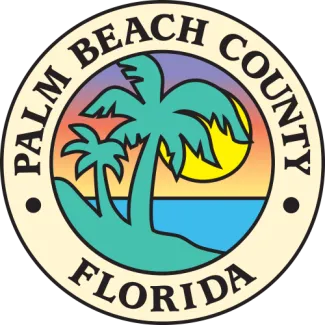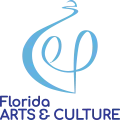Ballgame Yoke
Image

El Tajin Style, Veracruz, Mexico
Late Classic, 600-900 CE
Polished gray stone with traces of cinnabar
4 ½ x 18 x 15 inches
Accession date: 2000
Gift of Jean and David Colker
The ballgame was played in various areas of Mesoamerica and for assorted reasons. It was especially popular in Veracruz and in Classic times, it may have been an athletic event, a gladiatorial contest or a ritual associated with sacrifice to the gods. Three kinds of objects associated with the game have been found in abundance in Mesoamerica: yokes (worn around the waist), palmas (akin to chest protectors) and hachas (decorative attachments to the yokes). All 3 were frequently decorated with interlocking scrolls and hooks and deities. The horseshoe shaped yoke was worn to protect the mid-section of the ballplayer and was fitted sideways around the waist. This yoke is intricately carved overall with five scenes separated by vertical bars. The center or curved side of the yoke displays the head of Kinich Ahau, the Sun God, emerging out of the mouth of the Jaguar God of the Night. The Sun God has sacred mat symbols, glyphs and panels on either side with other deities in abstract form with their glyphs. It still bears traces of cinnabar and probably served as a ceremonial object. The actual yoke used in the ballgame may have been made of heavy burlap cloth, although there is speculation that skilled athletes could have managed the weight of a stone yoke.





